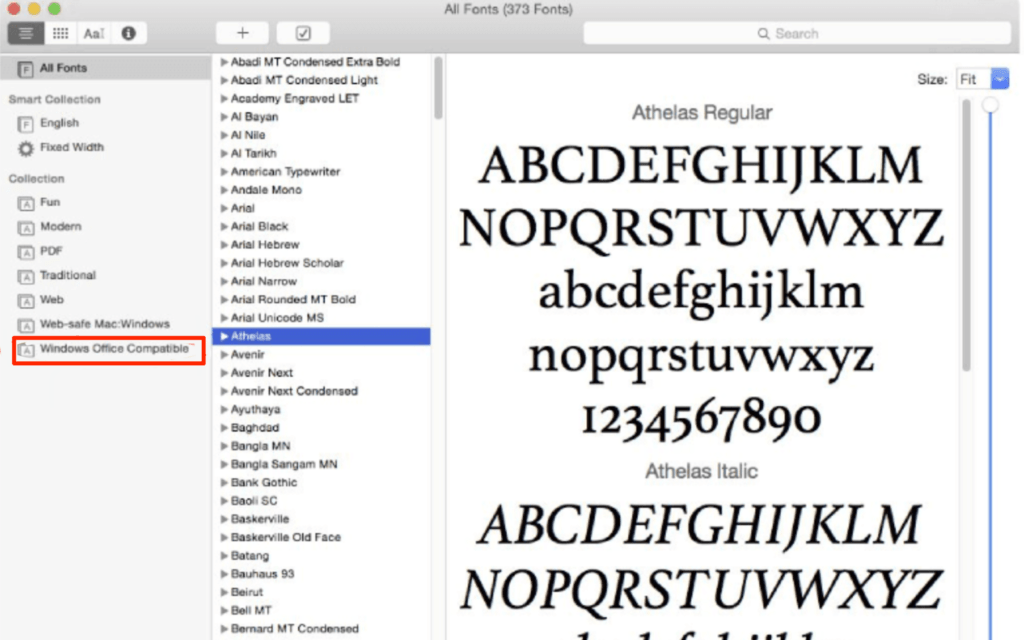
You can have multiple fonts folders if you want, and this can be an immensely useful way to organize a growing collection of fonts from numerous sources. Multiple font directories with Fontconfigįontconfig doesn't restrict you to just one fonts folder. Most other applications on an even remotely modern Linux desktop will also use fontconfig to find fonts, though some major apps still may not (especially vanilla, rather than distro-customised, builds): When you next launch Scribus, it should find the new fonts. In most cases, just copy the fonts into a folder called. However, many people will want to install fonts for their entire system, not just Scribus.Īn easy way to do this is with fontconfig. Scribus 1.3 still supports, and will continue to support, the ability to add extra font paths in the Scribus preferences. For more, see the Scribus Online Documentation.button and choose the directories, where your fonts are located. Launch scribus, go straight without opening a document to the menu Settings>Fonts.MacBook Pro 14 vs.Other languages: Polski (pl) This article is part of the Tips & Tricks series. For similar ways to work more productively, check out some of the best Mac keyboard shortcuts. With text replacements on Mac, you can speed up what you want to type. Step 3: To delete a replacement, select it in the list and use the Minus sign on the bottom left to remove it. Step 2: To edit a replacement, select it and enter the new shortcut or text you want to display.

Step 1: In System preferences > Keyboard, go to the Text tab. You can change existing text replacements or remove those you don’t use. Step 4: If you don’t want to replace the shortcut with the string of text for some reason, select the X on the right side of the small pop-up box. Step 3: You can then select that text, press Return, or use the Space bar to replace the shortcut with the text. Step 2: You should see the replacement text pop-up box beneath the shortcut. Step 1: Place your cursor where you want the string of text, and type the shortcut. When you want to use a text replacement, open your document, text message, email, note, or other item. Step 7: Press your Return key to save the text replacement.īy default, your replacements are listed in alphabetical order according to the shortcut. Step 6: Press your Tab key and then enter the text you want to display when you use the shortcut.

:max_bytes(150000):strip_icc()/LW2-5b76c9b546e0fb002c955958.jpg)
Step 5: Type the shortcut you want to use to replace the text in the box that opens. Step 4: To add a replacement, select the Plus sign on the bottom left. If you’re synced with your iPhone or iPad, you may see shortcuts you’ve added there. Step 1: Open System preferences using the icon in your Dock or the Apple icon in the Menu bar.

Just make sure you’re signed in with the same Apple ID to sync the content. When you add new text replacements on your Mac, you can use them on your iPhone or iPad as well.


 0 kommentar(er)
0 kommentar(er)
